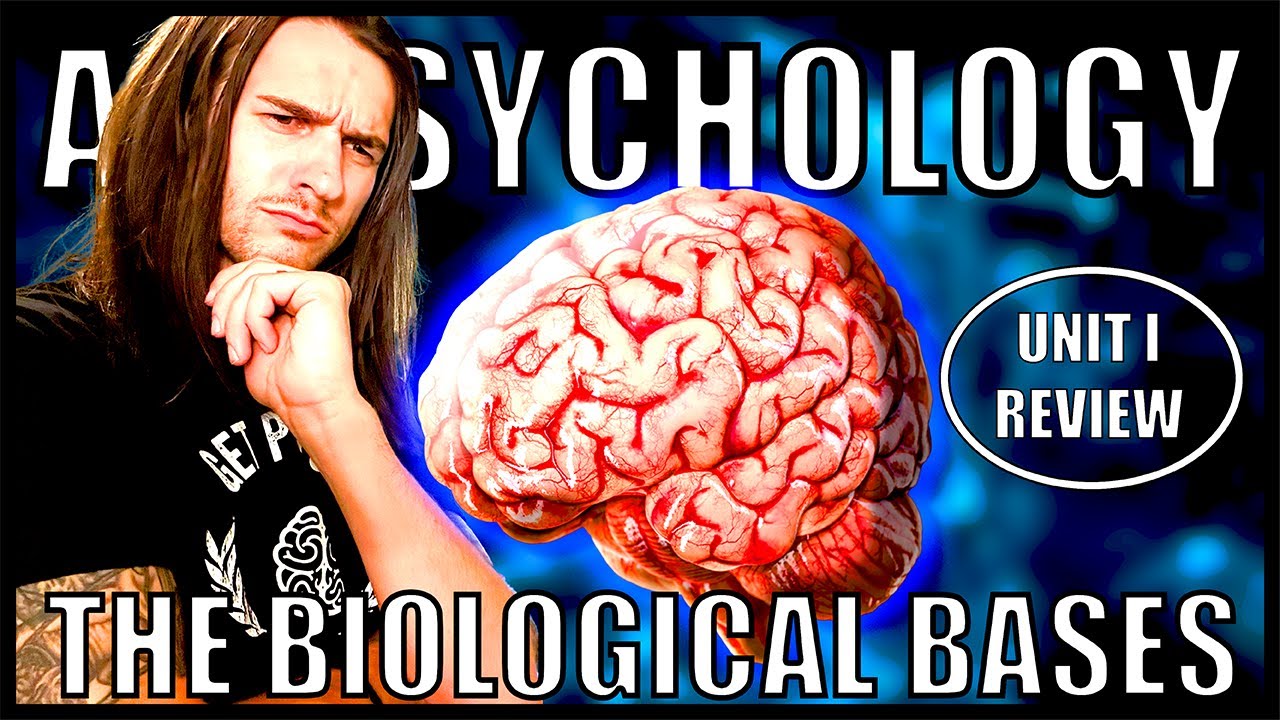
Title: The Influential Thinkers: Freud, Jung, and Maslow’s Enduring Effect on Contemporary Psychology
The discipline of psychology as it appears today has been significantly shaped by the insights and theories of early visionaries. Notably, Sigmund Freud, Carl Jung, and Abraham Maslow emerge as foundational figures in psychological discourse. Through their pioneering studies of the unconscious mind, human growth, and motivational frameworks, these scholars influenced our comprehension of behavior, cognitive processes, and personal development.
SIGMUND FREUD: THE ORIGINATOR OF PSYCHOANALYSIS
Born in 1856 in Austria, Sigmund Freud laid the groundwork for psychoanalytic theory. Initially a neurologist, Freud transformed the perception of the human mind by highlighting unconscious operations and formative childhood experiences.
Freud’s Structure of the Mind
Freud introduced a structural model of the mind comprising three elements:
– The Id: Symbolizing instinctual cravings and primal instincts, particularly those connected to sexuality and aggression.
– The Superego: The ethical framework that incorporates societal standards, principles, and ideals.
– The Ego: The negotiator between the Id and Superego, responsible for making pragmatic choices and sustaining psychological balance.
He posited that a disruption in these structures could result in anxiety, neurosis, or maladaptive behavior.
Psychosexual Stages of Development
In a contentious theory, Freud claimed that personality evolves through specific psychosexual stages—oral, anal, phallic, latency, and genital—each associated with pleasure-seeking activities focused on distinct body areas. He argued that unresolved issues or fixations during these phases could influence adult pathology and conduct.
Dream Interpretation and the Unconscious Mind
In his seminal work, The Interpretation of Dreams, Freud asserted that dreams are reflections of hidden desires stemming from the unconscious. He detailed mechanisms such as condensation (merging elements), displacement (altering emotional significance), and secondary revision (rearranging elements for clarity) to decode symbolic dream messages.
Defense Mechanisms
Freud also outlined defense mechanisms—unconscious strategies employed by the ego to alleviate anxiety resulting from inner conflict. Notable examples include:
– Projection: Ascribing one’s intolerable feelings or thoughts to others.
– Displacement: Channeling emotional energies toward alternative targets.
– Sublimation: Converting impulses into socially acceptable and constructive behaviors.
Drive and Libido Theory
Freud contended that the libido, or life force, propels human actions. He characterized “sexuality” broadly, as any source of gratification, theorizing that all human behavior originates from either the life instinct (Eros) or the death instinct (Thanatos). The continual negotiation of these drives is, as per Freud, vital to personal behavior and mental wellbeing.
CARL JUNG: ARCHETYPES WITHIN THE COLLECTIVE UNCONSCIOUS
Initially a close collaborator of Freud, Swiss psychiatrist Carl Jung later diverged and established analytical psychology. While Freud concentrated on sexuality and repressed desires, Jung broadened the concept of the unconscious to encompass more spiritual and philosophical dimensions.
The Collective Unconscious
One of Jung’s major contributions was the idea of the collective unconscious—an inherited pool of human experience and wisdom transmitted across generations. Unlike personal unconscious, which contains an individual’s neglected or suppressed memories, the collective unconscious features archetypes—universal symbolic images and themes prevalent across cultures.
Primary Archetypes:
– The Self: The integrated unconscious and conscious mind, symbolizing completeness.
– The Persona: The social facade one projects to the world.
– The Shadow: The hidden, unconscious elements of personality.
– The Anima/Animus: The feminine aspects found in men (anima) and masculine traits in women (animus).
Jung believed that the process of individuation—combining these unconscious facets—was crucial for personal growth and self-realization.
Personality Typology
Jung also classified personalities into categories based on attitudes (introversion vs. extraversion) and cognitive functions (thinking, feeling, sensation, intuition). These concepts provided the foundation for the widely recognized Myers-Briggs Type Indicator (MBTI).
ABRAHAM MASLOW: ATTAINING THE PINNACLE OF HUMAN POTENTIAL
Shifting from the psychodynamic perspective of inherent conflict, Abraham Maslow directed attention toward the affirmative aspects of human potential. As a humanistic psychologist, Maslow introduced a motivational theory referred to as the Hierarchy of Needs.
Maslow’s Hierarchy of Needs
Maslow’s framework is often depicted as a pyramid consisting of five tiers of human requirements:
1. Physiological Needs: Essential survival necessities like food, water, air, and rest.
2. Safety Needs: Stability and security regarding health, employment, and housing.
3. Love and Belongingness Needs: Emotional connections, including family, friendships, intimacy, and community.
4. Esteem Needs: Self-regard, acknowledgment, status, and personal accomplishments.
5.